Welcome to Addy Travel. Hotline: +84 983 585 189 - Email: info@addytravel.com

Vietnamese Cusine
Vietnamese cuisine is renowned for its vibrant flavors, fresh ingredients, and diverse culinary traditions. It's a harmonious blend of five fundamental taste elements: sweet, salty, bitter, sour, and spicy. The cuisine varies significantly by region, each with its unique style and dishes.
LOCAL CUISINE
12/20/20244 min read
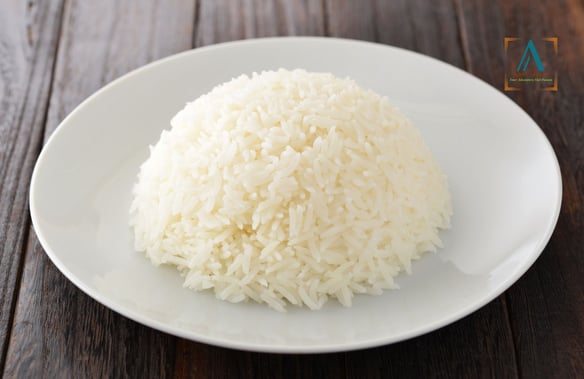

Here’s an overview of Vietnamese cuisine, highlighting some iconic dishes and ingredients:
Key Ingredients
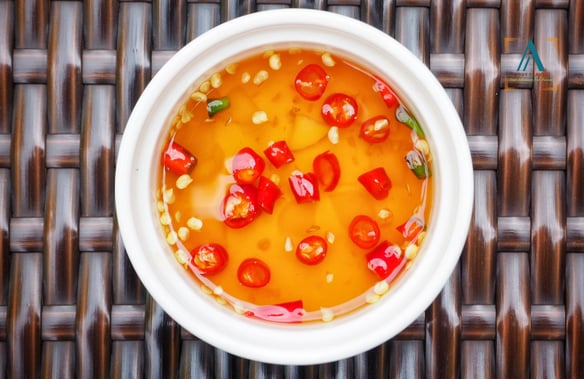

Rice: The staple of Vietnamese cuisine, used in many forms such as steamed rice, rice noodles, rice paper, and rice porridge.
Fish Sauce (Nước Mắm): A pungent condiment made from fermented fish, essential in many dishes
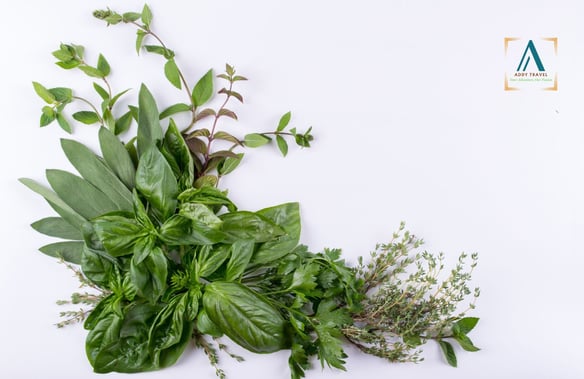

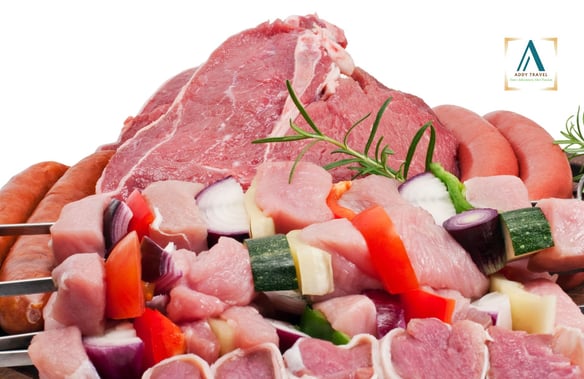

Herbs and Vegetables: Fresh herbs like cilantro, mint, basil, and vegetables like cucumber, lettuce, and bean sprouts are integral
Protein: Common proteins include pork, chicken, beef, shrimp, and fish, often grilled, boiled, or stir-fried. Spices and Aromatics: Garlic, lemongrass, ginger, and chili peppers are frequently used to add depth and heat to dishes
Regional Differences
Northern Vietnam: The cuisine is characterized by subtle flavors, less spicy, and features dishes like Phở and Bún Chả.
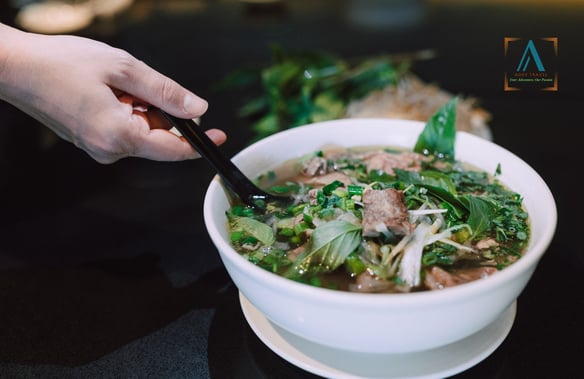

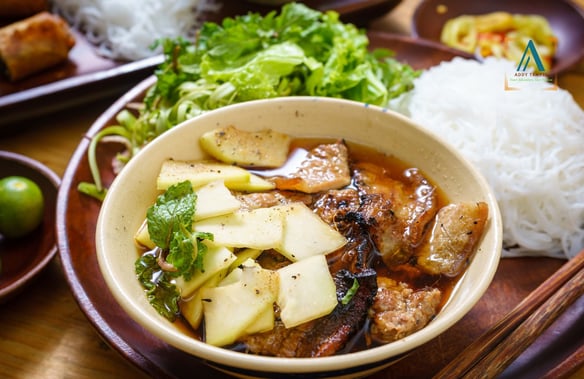

Phở
Bún Chả
Central Vietnam: Known for its spicy food, complex flavors, and smaller portions, with dishes like Bún Bò Huế and Mì Quảng.
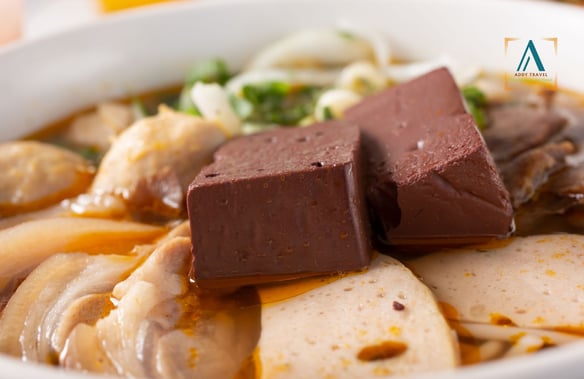

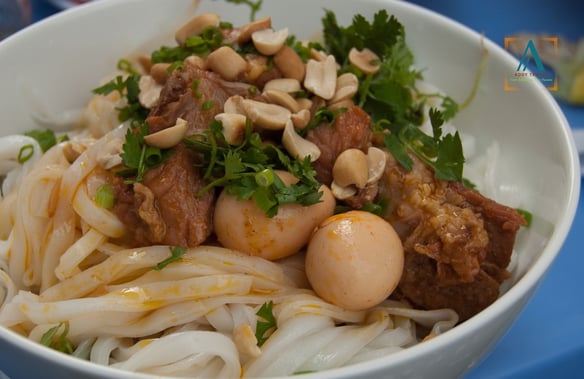

Bún Bò Huế
Mỳ Quảng
Southern Vietnam: The cuisine is sweeter and bolder, often with a liberal use of sugar, coconut milk, and fresh herbs. Dishes include Cơm Tấm and Bánh Xèo.
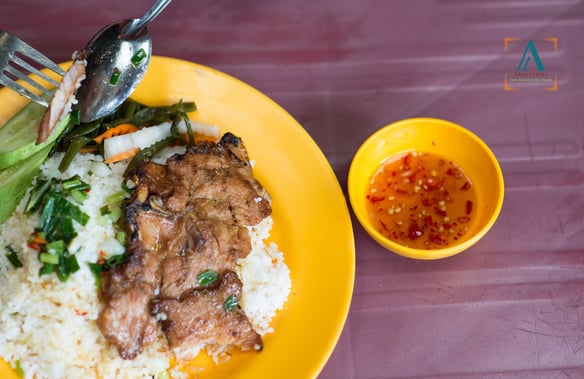

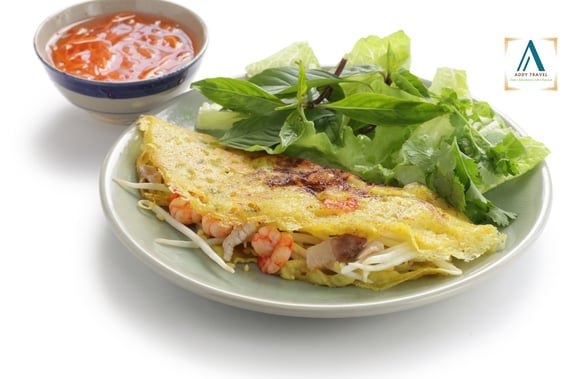

Cơm Tấm
Bánh Xèo
Iconic Dishes
Phở: A fragrant noodle soup with a clear broth, typically made from beef (Phở Bò) or chicken (Phở Gà), served with rice noodles, fresh herbs, lime, and chili.
Bánh Mì: A French-inspired baguette sandwich filled with various ingredients like pork, pate, pickled vegetables, cilantro, and chili.
Gỏi Cuốn: Fresh spring rolls made with rice paper, packed with shrimp, pork, fresh herbs, and vermicelli, served with a peanut dipping sauce.
Bún Chả: Grilled pork served with vermicelli noodles, fresh herbs, and dipping sauce, often found in Northern Vietnam, especially Hanoi.
Bánh Xèo: A crispy, savory pancake made from rice flour, turmeric, and coconut milk, filled with shrimp, pork, and bean sprouts, served with lettuce and herbs for wrapping.
Cao Lầu: A specialty of Hội An, featuring thick noodles, pork slices, fresh herbs, and crunchy croutons, with a small amount of broth.
Bún Bò Huế: A spicy beef noodle soup from Huế, characterized by its rich and flavorful broth made with lemongrass, shrimp paste, and chili oil
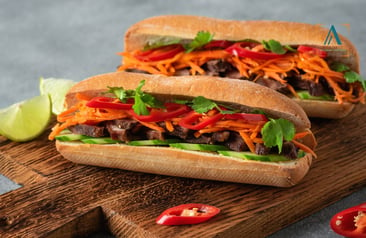


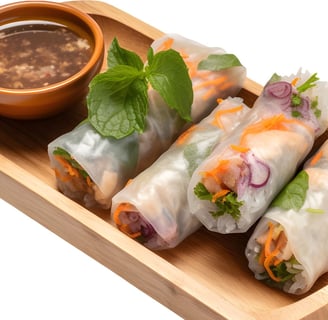

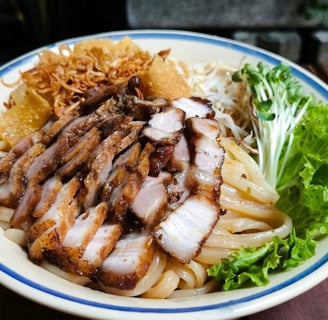
Bánh Mì
Gỏi Cuốn
Cao Lầu
Common Condiments and Sauces
Nước Chấm: A versatile dipping sauce made from fish sauce, lime juice, sugar, garlic, and chili.
Hoisin Sauce: Often used in soups and for dipping.
Sriracha: A popular chili sauce for adding heat to dishes
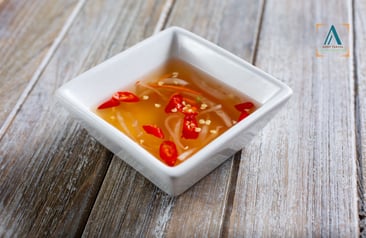

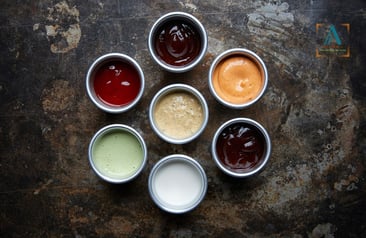

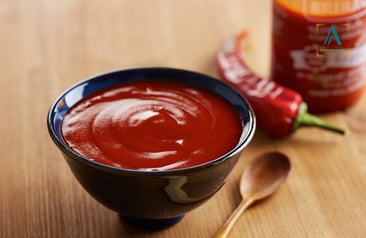

Nước Chấm
Hoisin Sauce
Sriracha
Cooking Techniques
Stir-frying: Quick cooking at high heat, often used for vegetables and meats.
Steaming: Used for delicate items like fish and dumplings to retain moisture and nutrients.
Grilling: Commonly used for meats, imparting a smoky flavor.
Simmering: Used for soups and stews to develop deep flavors over time.
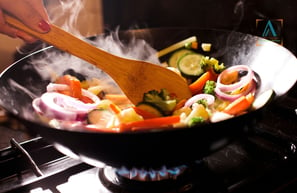


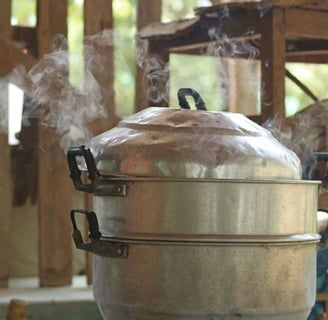
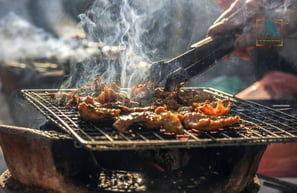

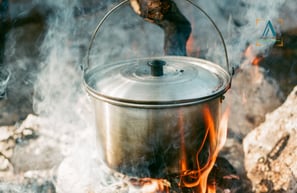

Stir-frying
Steaming
Grilling
Simmering
Eating Customs
Meals are typically communal, with several dishes shared among family and friends.
Freshness is key, with many dishes being garnished with herbs and served with fresh vegetables.
Balance in flavors and textures is important, often achieved through the combination of contrasting elements in a single meal.
Vietnamese cuisine offers a rich tapestry of flavors and textures, reflecting the country’s geography, history, and culture. Whether enjoying a comforting bowl of Phở or the refreshing crunch of Gỏi Cuốn, there’s a dish to delight every palate.
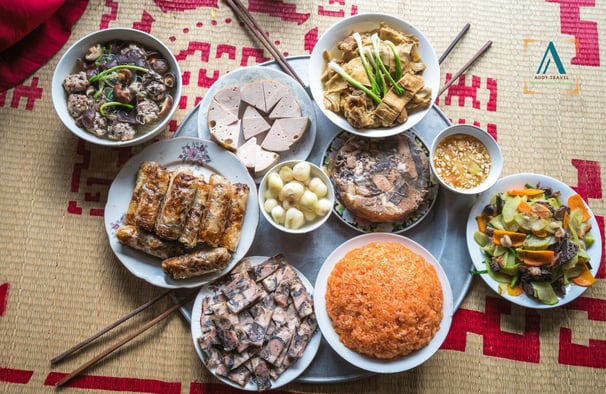

Connect with us
Experience authentic Vietnam with personalized travel journeys.
Contact us
Sign up for the best offer
Email: info@addytravel.com
Hotline: +84-983 585 189
© 2024. All rights reserved by Addy Travel
